Creating brand assets online
If a customer sees your website, business cards, product packaging, and logo in different locations, would they recognize all of those elements as being part of your brand? Your brand is like the face of your business — you want customers to recognize it no matter where they see it.
Achieving a recognizable brand starts with your distinctive brand assets, or DBAs. These assets, like your logo, tagline, and color scheme, help you stand out from competing businesses, and they give your customers a sense of familiarity when they see your branded materials — no matter the context.
Whether you’re launching a new business or rebranding, it’s important to take the time to create brand assets that are consistent and unique.
You don’t necessarily have to hire a professional designer or branding specialist to help you create your assets. Instead, you can accomplish this yourself online using the tools below.
1. FontStruct
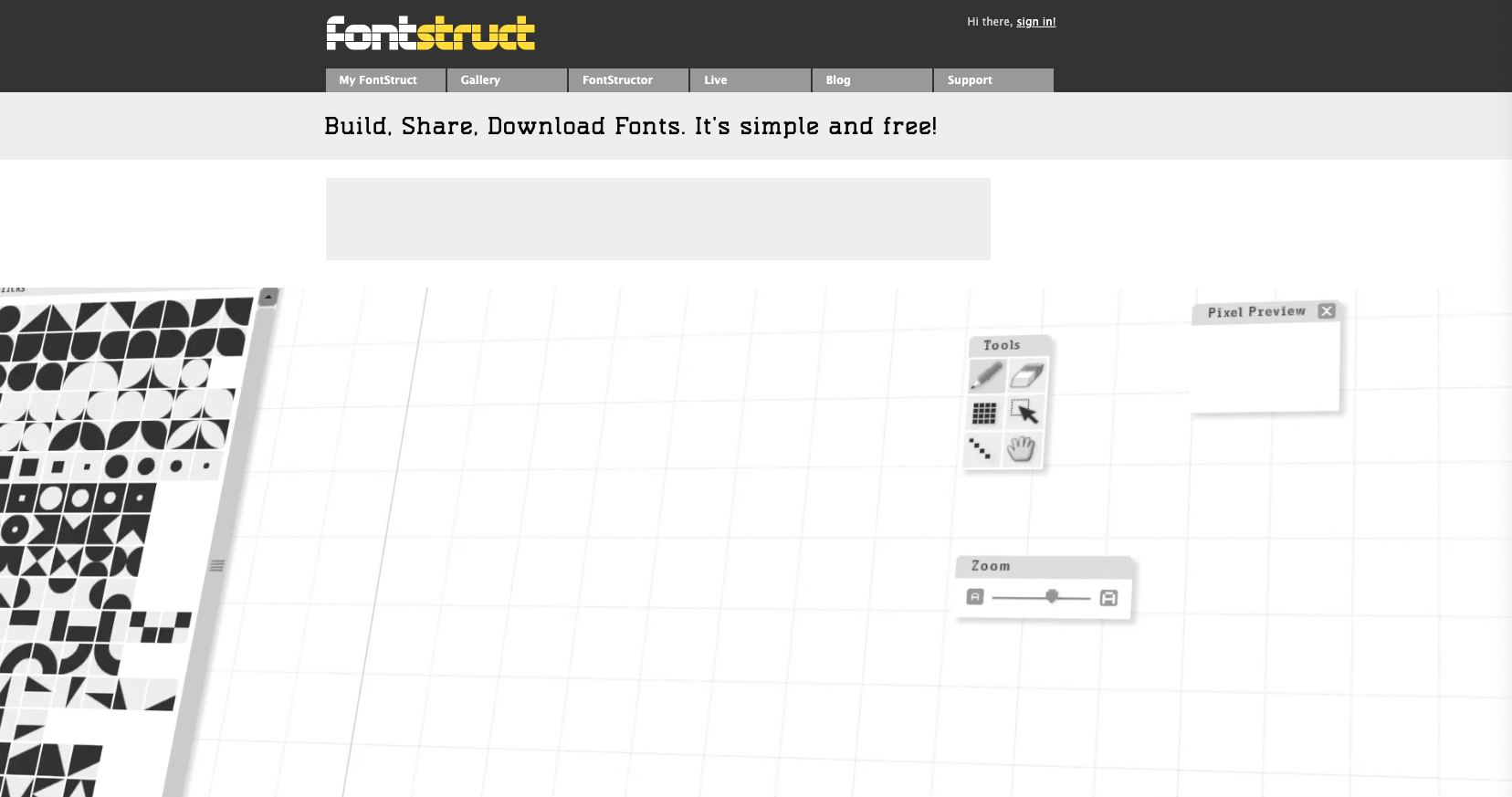
With FontStruct, you can create and build fonts using geometric shapes. Once you’ve built your font, the program creates TrueType fonts that you can download and use.
This platform makes it easy to create custom fonts that only your business has access to. You can use these fonts across your brand assets — including your website, documents, and logo — creating a sense of brand consistency.
2. Jotform
Online form builder Jotform is another key tool for creating brand assets. Its easy drag-and-drop interface simplifies the process of creating and designing forms, PDFs, apps, and more.
With Jotform, you can create forms for many potential uses. It’s an effective tool for designing email subscription and other signup forms for your website. You can also use it to create a checkout or order form for your e-commerce business.
When you use Jotform, you can customize the form to your brand and your needs. You’ll have complete control over the fields that you include, but Jotform also allows you to customize the form with your brand’s colors, brand logos, your choice of fonts, and even your own images. As a result, every form can be unique, reflecting your branding.
Once your form is complete, you can embed it to an external website, creating a branded data- collection tool.
3. Coolors
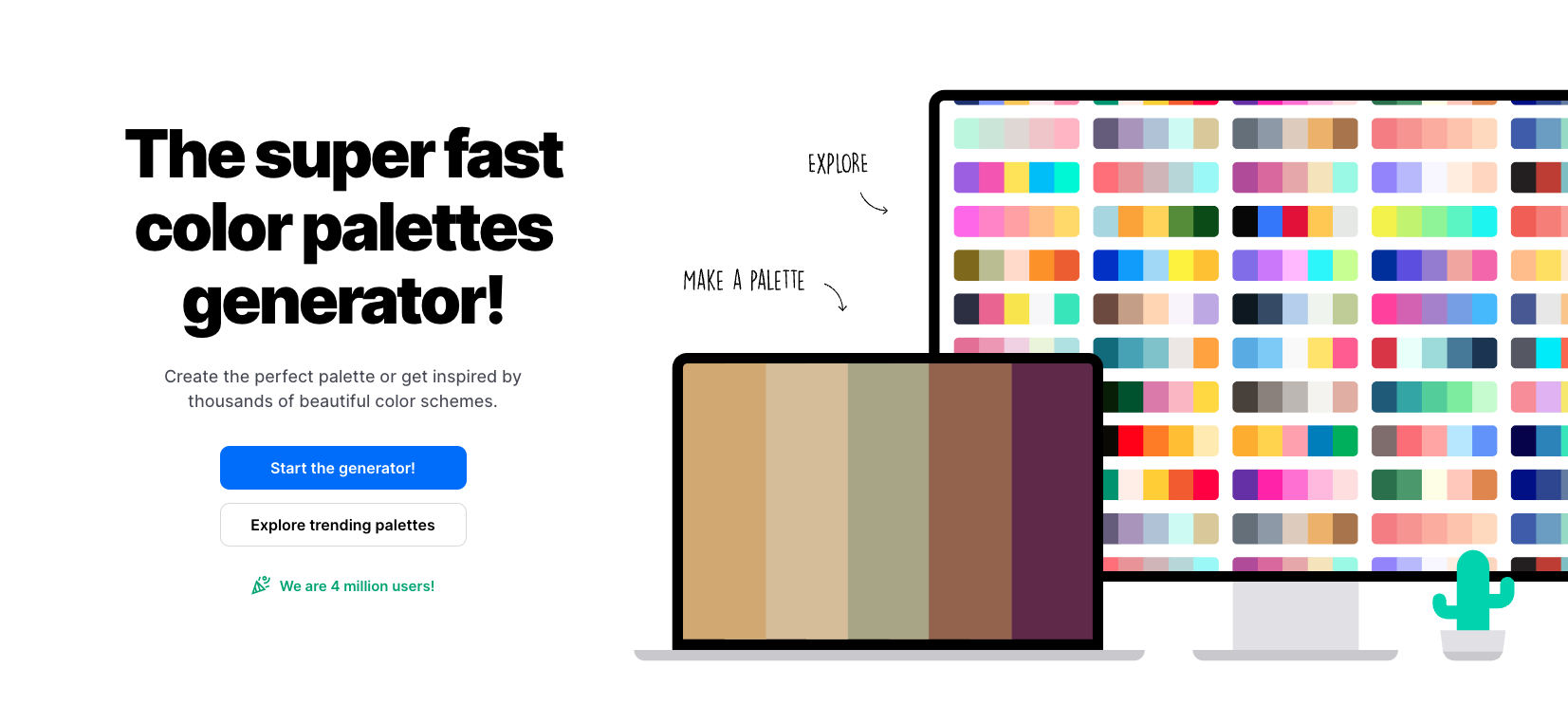
Coolors is a color scheme generator that can help you create color palettes and brand colors. This handy tool gives you the chance to explore popular palettes for ideas and inspiration, or you can use a favorite image and extract a palette from those colors. Tools like gradient controls and a font generator help you address your brand’s visual needs.
Coolors is available as an app, as an extension with Chrome and Adobe, and more.
4. Canva

When it comes to your brand’s graphic design needs, Canva is a fantastic place to start. Available as a free tool and as a paid subscription for advanced designs, this versatile platform makes graphic design easy, even if you don’t have a design background.
You can use Canva in multiple ways. Its logo design tool lets you create a unique logo using a variety of different visual elements, and resize it for different purposes.
Canva is also a popular choice for social media needs. You can create your own post templates to maintain a consistent look and feel, or you can use one of Canva’s many templates to save time. Options like a library of photos and other design elements help give life to your social media posts.
You can also use Canva to create other assets, including business cards, brochures, posters, presentations, website elements, email components, and more.
How to ensure consistent use of brand assets
Building your brand assets takes time, but it’s a worthwhile investment. With the above tools, you can create the individual elements of your brand identity. Once you have these materials, though, you’ll need to establish brand guidelines for their use.
Your brand guidelines can include everything from the version of the logo that you use on different platforms to your messaging and brand language. Also called a style guide or brand book, the guidelines help you ensure that your entire team uses your brand elements in the same way.
When you have a deliberate, detailed brand strategy, all of your marketing assets will reflect your brand’s visual identity, from your webpages to your business cards. This approach can help increase brand recognition across all platforms, ensuring your messaging resonates with your followers. As a result, you can reap the rewards of a strong brand and boost your business’s success.




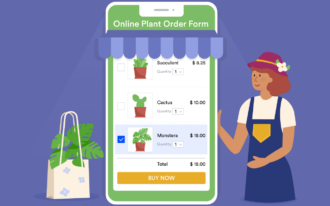










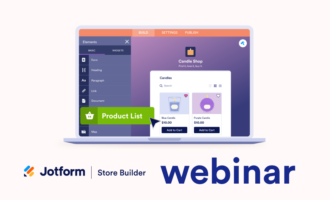







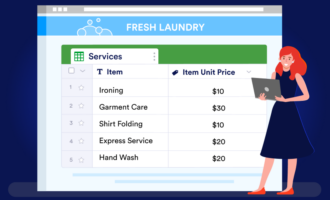









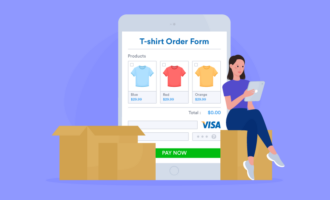
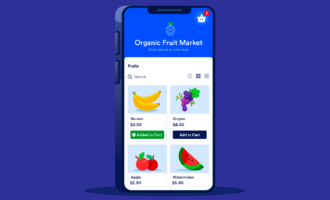

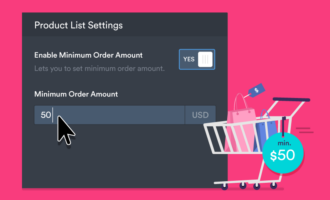



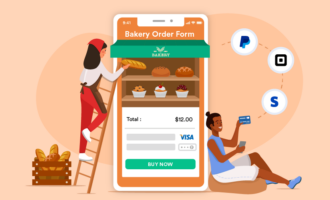




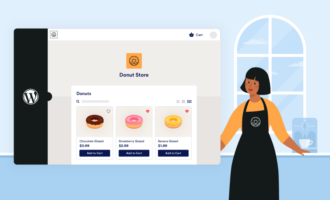
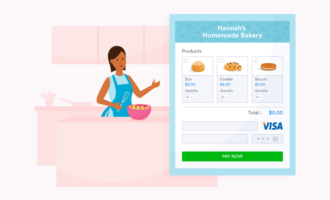

Send Comment: